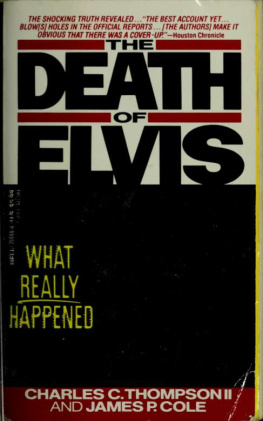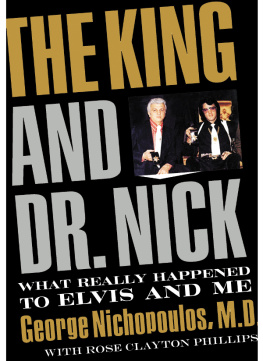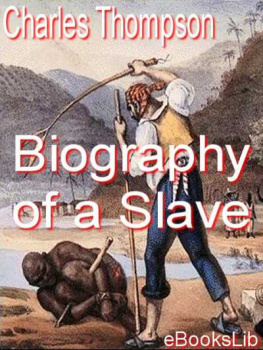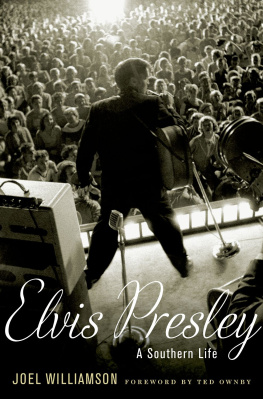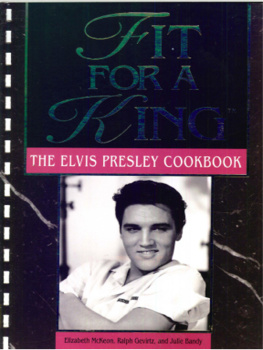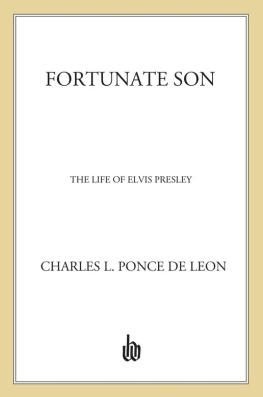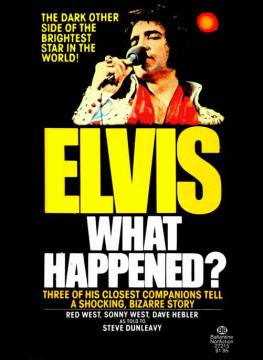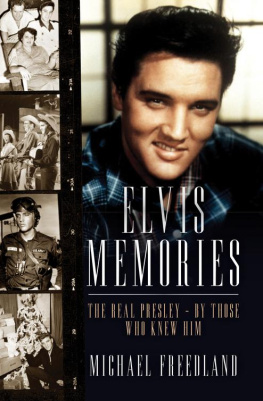Thompson Charles C - The Death of Elvis What Really Happened
Here you can read online Thompson Charles C - The Death of Elvis What Really Happened full text of the book (entire story) in english for free. Download pdf and epub, get meaning, cover and reviews about this ebook. year: 1991, publisher: New York, N.Y. : Dell, genre: Detective and thriller. Description of the work, (preface) as well as reviews are available. Best literature library LitArk.com created for fans of good reading and offers a wide selection of genres:
Romance novel
Science fiction
Adventure
Detective
Science
History
Home and family
Prose
Art
Politics
Computer
Non-fiction
Religion
Business
Children
Humor
Choose a favorite category and find really read worthwhile books. Enjoy immersion in the world of imagination, feel the emotions of the characters or learn something new for yourself, make an fascinating discovery.
- Book:The Death of Elvis What Really Happened
- Author:
- Publisher:New York, N.Y. : Dell
- Genre:
- Year:1991
- Rating:5 / 5
- Favourites:Add to favourites
- Your mark:
- 100
- 1
- 2
- 3
- 4
- 5
The Death of Elvis What Really Happened: summary, description and annotation
We offer to read an annotation, description, summary or preface (depends on what the author of the book "The Death of Elvis What Really Happened" wrote himself). If you haven't found the necessary information about the book — write in the comments, we will try to find it.
The Death of Elvis What Really Happened — read online for free the complete book (whole text) full work
Below is the text of the book, divided by pages. System saving the place of the last page read, allows you to conveniently read the book "The Death of Elvis What Really Happened" online for free, without having to search again every time where you left off. Put a bookmark, and you can go to the page where you finished reading at any time.
Font size:
Interval:
Bookmark:

This book made available by the Internet Archive.
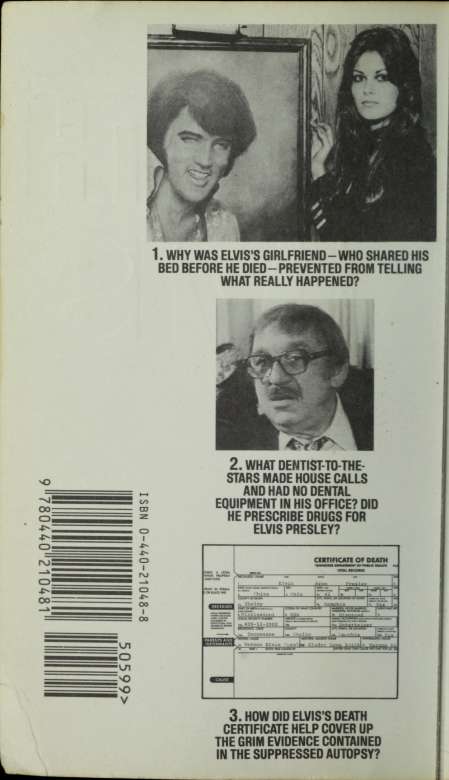
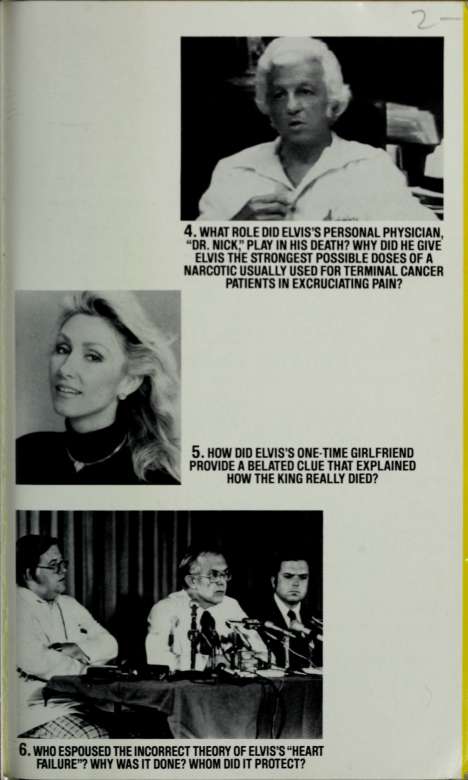

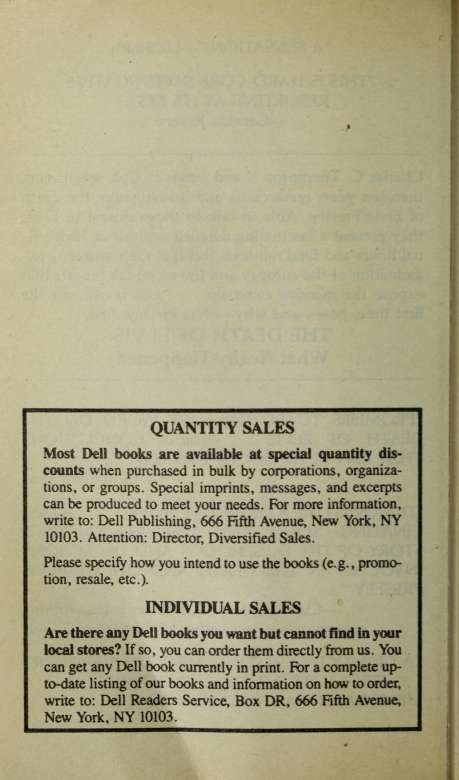
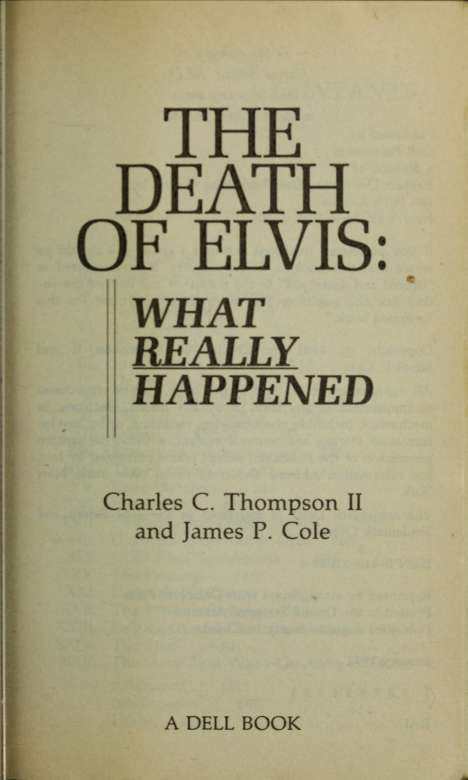
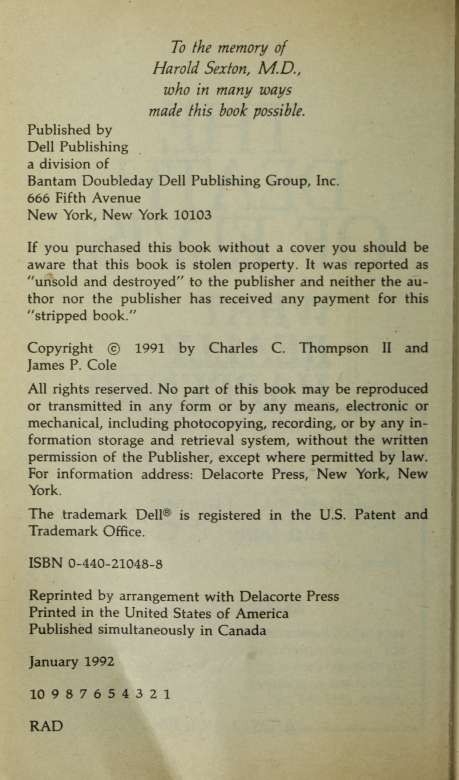
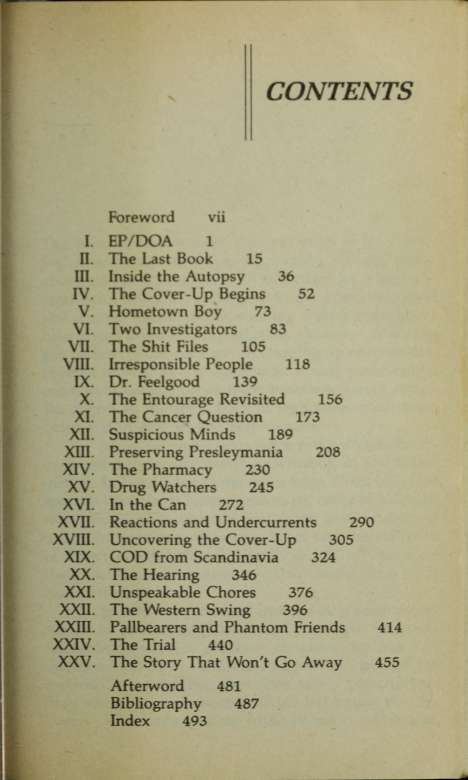
FOREWORD
This book represents more than ten years of interviewing, researching, reporting, regrouping, writing, and above allpersisting. Why all this effort for a medical-legal book about Elvis Presley? In the beginning there was a mere hunch that something wasn't right about how Elvis's death was investigated. However, as we began reviewing old evidence and turning up new, we discovered more than a disagreement among pathologists, more than a question of heart problems versus drugs. We found an injustice, both to legitimate medical inquiry and to diligent law enforcement.
So we've kept after it, regrouping after each setback and going forward with each dribble of new information. In hundreds of interviews from Memphis night spots to West Coast laboratories to the office of a dentist who owned no equipment and made house calls, our questions have been the same. What was the real state of Elvis's health before his death in 1977? What were the circumstances surrounding that death? And what really killed him?
In 1979 we produced an hour-long program for ABC's 20/20 entitled "The Elvis Cover-Up/' To a considerable degree this program answered the first two questions. Going beyond the whispers of kiss-and-tell memoirs, it established that Elvis was a prescription-drug addict. It reconstructed Elvis's last hours, the discovery of his body, and the futile efforts to revive him.
But a solid answer to the last questionwhat really killed him?has been more elusive.
"The Elvis Cover-Up" is remembered today as the story that put Dr. NickDr. George C. Nicho-poulos, Elvis's physicianin so much hot water. But the drama didn't tie up the loose ends. Why, for example, did the last drug prescribed for Elvis fail to show up in the toxicology reports?
Holes like this bothered us, but what nagged us more was the official criticism. Dr. Jerry T. Francisco, the medical examiner who ruled Elvis died of heart trouble, contends that our broadcast was good entertainment but crummy journalism. We weren't privy to full details of the Presley postmortem, the medical examiner insisteddetails, we must add, that Dr. Francisco conveniently chose to exclude from his official files.
Hence, while we stand behind the results of our initial investigation in 1979, we have persistedan interview here, a follow-up thereuntil we tracked down three new troves of information.
First, there are tape-recorded interviews with notable and otherwise inaccessible figures in Elvis's life, including Colonel Tom Parker, Elvis's manager with the Midas touch; the mystery girlfriend who came on the scene late enough to give a vivid account of Elvis's depressed state of mind; and assorted aides and flunkies who worked to preserve a phony image and cash in on it after Elvis's death.
Second, there are the autopsy records shedding fresh and conclusive light on how Elvis died.*
And third, there is a detailed account of how the autopsy was conducted in 1977 and how it has become a sore subject not only with Elvis fans but also
* These revelations should lay to rest a host of unfounded theories such as the preposterous claim that Elvis committed suicide.
Foreword
IX
among many pathologists and toxicologists who regard this as a case that needs daylight.
Inextricably, the autopsy details are part of the story that Dr. Francisco claims we missed. We include these details not out of ghoulish curiosity but as an essential element in the full account of how Elvis died, how those who regarded themselves as Elvis's friends anticipated it well ahead of time and tried to bury what really happened.
Charles C Thompson II James P. Cole
Memphis, Tennessee January 8, 1991
EP/DOA
.
The Modular Rev Ambulance was built for speed and durability. Mounted on a General Motors chassis with a heap of horsepower, the boxlike body was threading an orange and white trail through midafternoon traffic northbound on Interstate 240. At the Union Avenue overpass the throttle eased into a sweeping left turn. Then the engine roared out for three more anxious blocks west. It lurched to a stop just beyond a large cross painted on a concrete helipad and beside a set of double doors leading into the Baptist Memorial Hospital emergency room. A swarm of men emerged from the rear of the ambulance. Stealing glances at unsuspecting onlookers, they surrounded a stretcher as the paramedics wheeled it inside.
A receptionist hurriedly filled out an admission form. It identified the patient as Mr. John Doe; home address, 3764 Elvis Presley Boulevard; age, 42; occupation, self-employed entertainer; home telephone number, unlisted. The form further stated that he was suffering from cardiac arrest. The line for diagnosis would remain blank for another forty-five minutes. Across the top of the page the receptionist scrawled "No publicity."
The patient was wearing pajama bottoms and had a gold necklace and drop hanging around his neck. As the stretcher and entourage scuttled past, an emergency room technician stripped away the necklace and for safekeeping handed it to Mrs. Marian Cocke, a hospital nurse who knew the patient well.
Also in the emergency room was Maurice Elliott, Baptist Hospital's wiry administrative vice president. He eyed the security guards, who were mindful that news reporters soon would be trying to claw their way in. On the publicity front, Elliott was a veteran handler of newshounds, but the rush of events was leaving him with a numb, unprepared feeling.
Further inside the emergency room a Harvey team was assembling in trauma room No. 2. A Harvey team is a bring/ em-back-from 7 the-dead component that includes doctors, nurses, respiratory therapists, and EKG technicians. When a Harvey team is summoned, it's akin to the sounding of general quarters on a U.S. Navy ship under enemy fire. The one at Baptist Hospital was well regarded in medical circles, but here it needed to work a miracle.
The shock/trauma team, headed by Dr. Otis Warr III, worked on the body, but the lack of vital signs was discouraging. "Most people are warm," one doctor said. "He was cold and looked like he'd been that way for some time. He was blue. His lips were blue. His chest was hard to pump."
The doctors administered three shots of Epinephrine and two shots of Isuprel. In cardiac arrest cases, these drugs often are used to stimulate the heart. Epinephrine also has another useto relieve the symptoms of anaphylaxis or the sort of shock caused by an acute internal reaction to a substance. The team also injected sodium bicarbonate to stimulate the heart and administered a 5 percent dextrose solution diluted with water.
Font size:
Interval:
Bookmark:
Similar books «The Death of Elvis What Really Happened»
Look at similar books to The Death of Elvis What Really Happened. We have selected literature similar in name and meaning in the hope of providing readers with more options to find new, interesting, not yet read works.
Discussion, reviews of the book The Death of Elvis What Really Happened and just readers' own opinions. Leave your comments, write what you think about the work, its meaning or the main characters. Specify what exactly you liked and what you didn't like, and why you think so.

